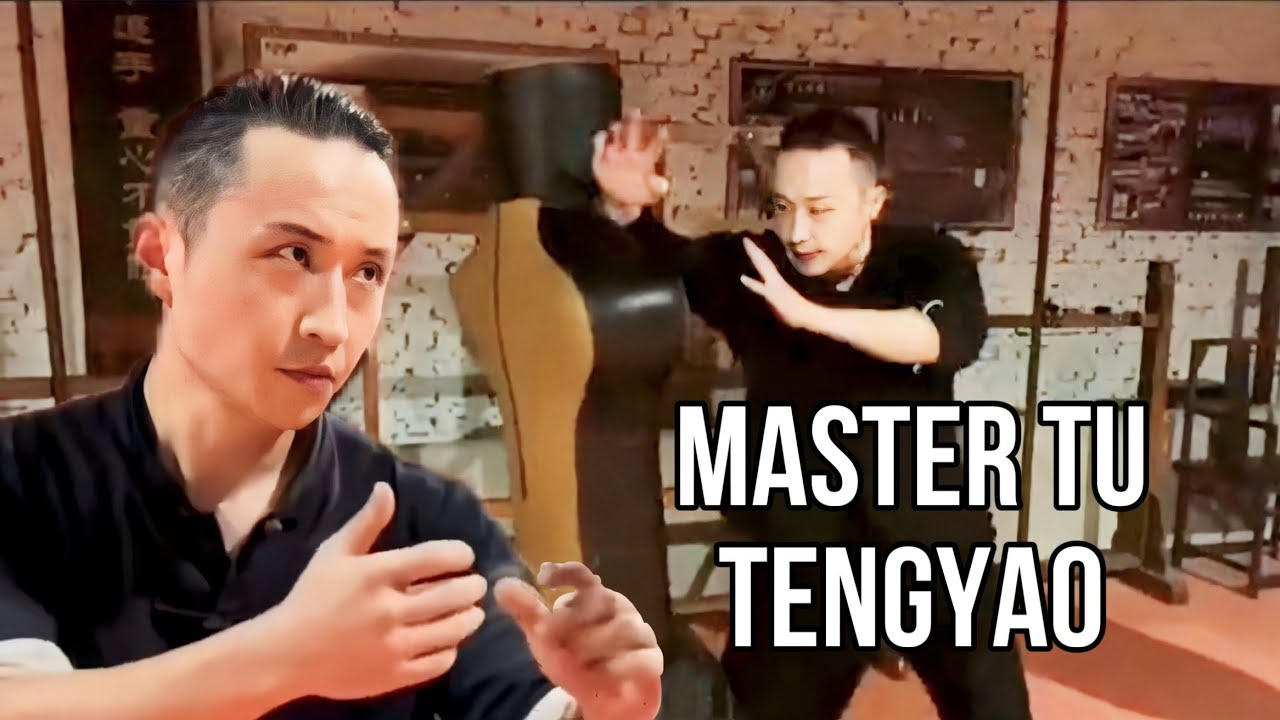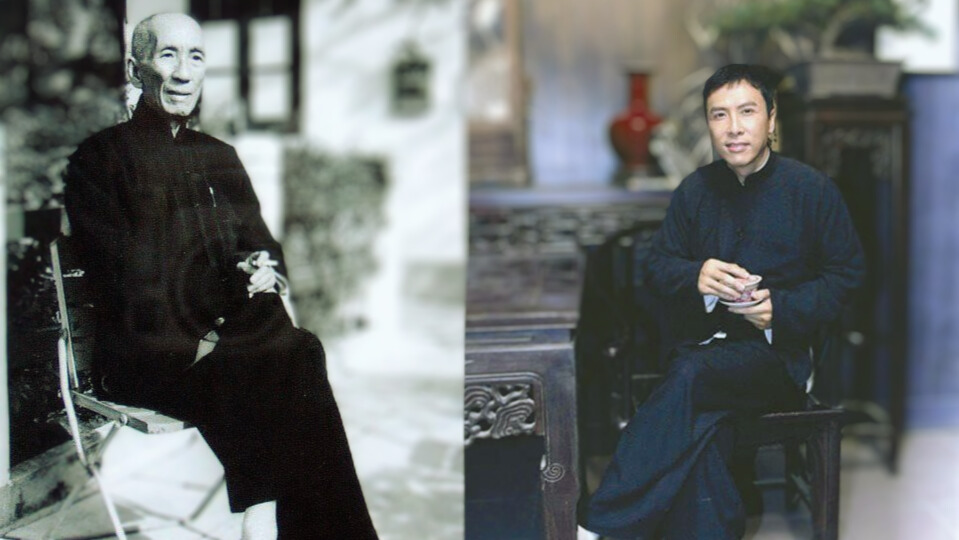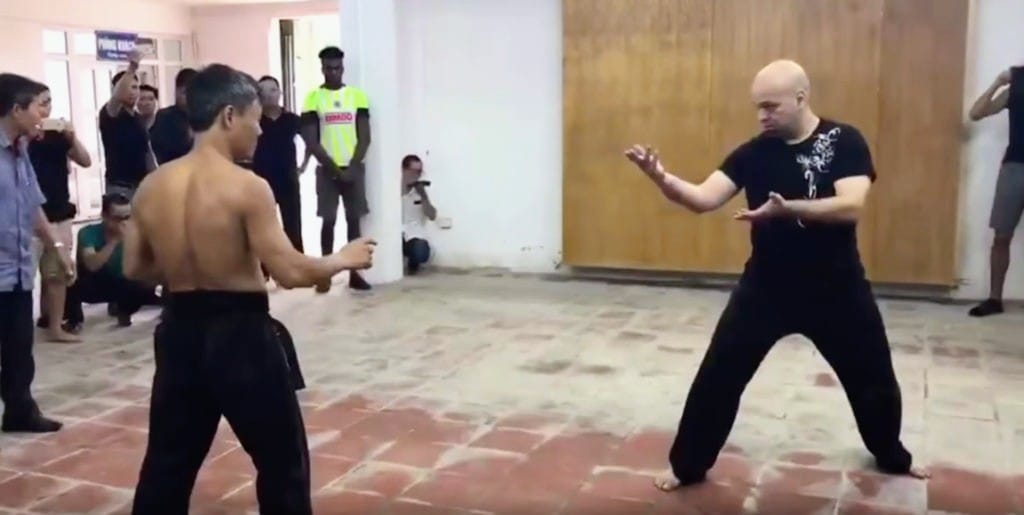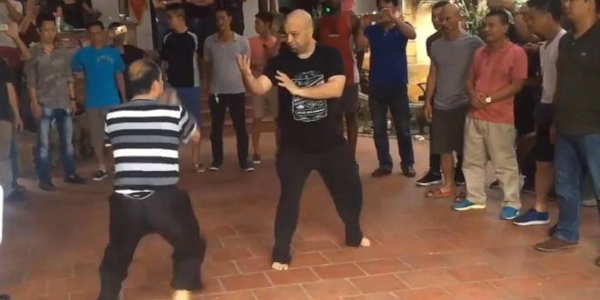The Top 5 Mistakes Beginners Make in Wing Chun Training
Reading time: 4 minutes
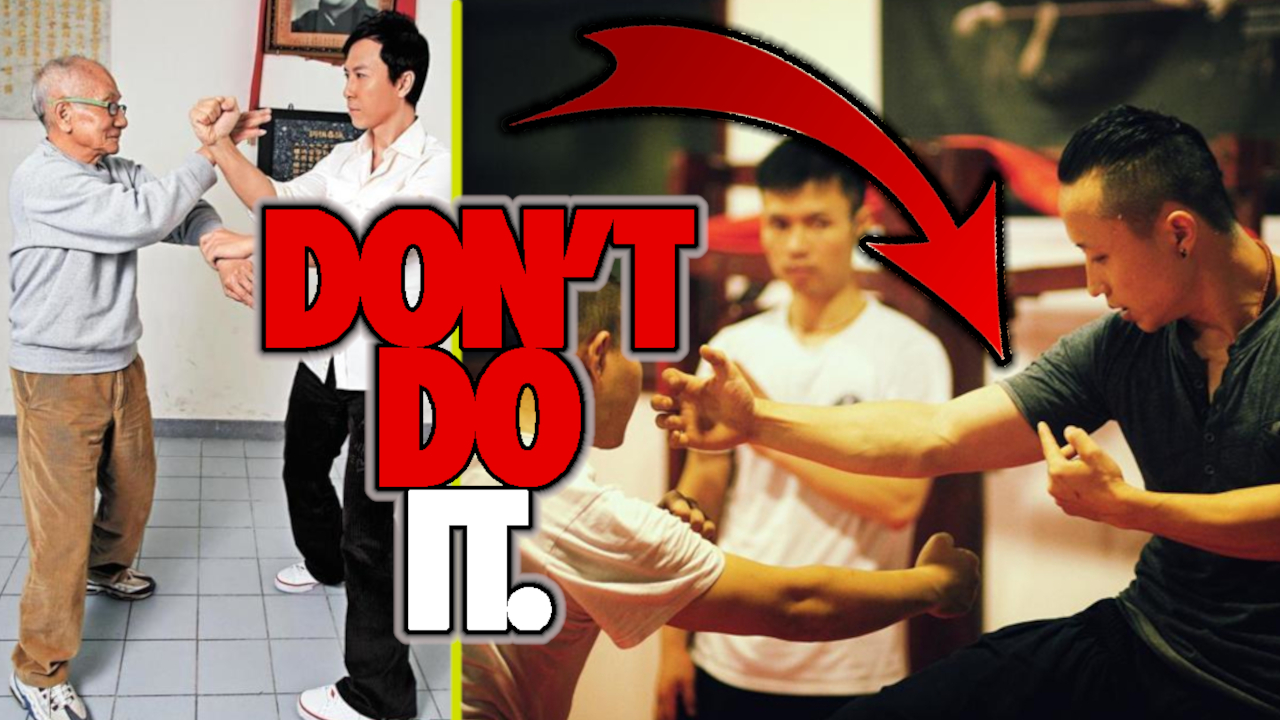
Wing Chun is a martial art that requires dedication and commitment to master. While it may seem simple and straightforward, there are common mistakes that beginners make that can hinder their progress and limit their ability to learn the techniques effectively. In this article, we will discuss the top 5 mistakes beginners make in Wing Chun training and provide tips on how to avoid them and improve your skills.
1. Lack of Consistency in Training
One of the most common mistakes beginners make in Wing Chun training is not being consistent in their practice. Wing Chun is a system that requires regular practice and dedication to master.
Practicing once or twice a week will not be enough to see significant progress in your skills. It is recommended that beginners train at least 2-3 times a week for a minimum of 1 hour per session. Consistency in training will help you develop muscle memory and improve your techniques over time.
Tip: Create a schedule and stick to it. Set aside specific times for training each week and make it a priority to attend every session.
2. Focusing Too Much on Techniques

Another mistake beginners make is focusing too much on learning the techniques and not enough on understanding the principles behind them. Wing Chun is based on the concept of simplicity and efficiency, and its techniques are designed to be simple and effective. However, without understanding the underlying principles, techniques can become mechanical and lose their effectiveness.
Tip: Focus on understanding the principles behind the techniques. Ask your instructor questions about the concepts behind the techniques and how they apply to real-life situations.
3. Lack of Sparring
Sparring is an essential component of Wing Chun training, as it allows practitioners to apply their techniques in a realistic setting. However, beginners often avoid sparring due to fear of getting hit or lack of confidence in their skills. Avoiding sparring can limit your progress in Wing Chun, as it is essential to test your techniques and adapt them to real-life situations.
Tip: Start with light sparring and gradually work your way up. Focus on defense and evasion rather than attacking, and always wear appropriate protective gear.
4. Poor Footwork

Footwork is crucial in Wing Chun, as it allows practitioners to move quickly and efficiently and maintain their balance during combat. Beginners often make the mistake of neglecting their footwork and focusing too much on their upper body techniques. Poor footwork can limit your movement and leave you vulnerable to attacks.
Tip: Focus on footwork drills and exercises, such as the basic footwork patterns and the "horse stance." Practice moving in different directions while maintaining balance and control.
5. Not Practicing Outside of Class
Finally, another common mistake beginners make is not practicing outside of class. Wing Chun requires regular practice and repetition to develop muscle memory and improve your techniques. Neglecting to practice outside of class can limit your progress and hinder your ability to learn and retain the techniques.
Tip: Practice the techniques you learned in class outside of class. Set aside time each day to practice, even if it's just for a few minutes. Use a mirror or record yourself to check your form and technique.
Conclusion
By avoiding these common mistakes, beginners can improve their Wing Chun skills and progress more quickly in their training. Consistency in training, understanding the principles behind techniques, sparring, footwork, and practicing outside of class are all essential components of effective Wing Chun training. By following these tips, beginners can avoid these mistakes and develop a strong foundation in Wing Chun.
Thank you. Your comment will be approved shortly.
Comments
Thank you. Your comment will be approved shortly.
Thank you. Your comment will be approved shortly.
Thank you. Your comment will be approved shortly.
Thank you. Your comment will be approved shortly.
Thank you. Your comment will be approved shortly.















